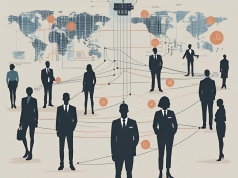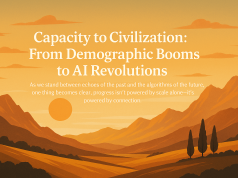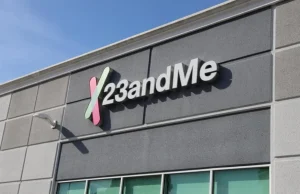As the dawn of a new technological epoch rises, the tremors of automation and artificial intelligence (AI) are palpably altering the topography of the workplace. In this era of unprecedented innovation, ‘Navigating the Evolution: The Impact of Automation on Future Job Landscapes,’ provides a panoramic view of a workforce in metamorphosis, a meticulous analysis of the sectors poised for transformation, and the genesis of novel employment opportunities sculpted by the hands of automation.
Emerging technologies are more than just the titans of modern parlance – they are the artisans reshaping the very sinews of our job industries. The manufacturing sphere, historically reliant on human dexterity, has witnessed an influx of robotic precision, diminishing the need for traditional labor. Similarly, the advent of AI in the service sector, with its algorithmic tentacles, has begun to supplant roles that were once the bastion of human intelligence.
However, amidst this seismic shift, new job vistas are emerging on the horizon. The symbiosis of man and machine calls for a plethora of specialized positions – from AI ethicists to automation strategists – roles conceived in the cradle of technological advancement. Data scientists, robotic repair technicians, and user experience designers are just a snippet of the burgeoning careers crafted by the technological tide.
The acclimatization to this novel ecosystem demands a workforce fortified with fresh expertise. Skills in digital literacy, adaptability, and problem-solving will be the currency of the future job market. There’s a clarion call for educational curriculums to intertwine with the sinuous path of tech advancements, equipping future generations with the tools to build and navigate the automated landscapes.
Nevertheless, the voyage through this transition is not without its hurdles. The rise of automation poses existential queries on job security, the chasm between skill requirements and educational outputs, and the implications for income distribution. The collaboration of policymakers, educators, and business mavens is imperative to orchestrate a harmonious transition, with initiatives such as retraining programs, adaptative learning platforms, and progressive legislations.
The interplay between automation and the workforce is intricate and multifaceted. Yet, the essence of this evolution is not the obsolescence of human labor but its reinvention. As we trace the contours of this new world, ‘Navigating the Evolution’ is not merely a contemplation of the future – it is an invitation to partake in the conversation that will sculpt the edifice of work for the ensuing generations. Join us as we unravel the tapestry of future jobs and redefine the dynamics of the automated workforce.



























